Wando Fishery and Folklore Museum (완도어촌민속전시관)
14.3Km 2022-08-25
149, Hwaheungpo-gil, Wando-gun, Jeollanam-do
+82-61-550-6911
During the Jangbogo Festival, mariners from the Wando area donated rare animals, plants, fish, and shellfish. The sea animals and plants exhibition event attracted a large number of visitors increasing tourism in the area. In response to the public opinion Wando-gun built an exhibition hall to provide tourism and marine folklore education.
Bogildo Island Seyeonjeong Pavilion (보길도 세연정)
15.4Km 2021-12-23
57, Buhwang-gil, Wando-gun, Jeollanam-do
+82-61-550-5761
Yun Seon-do (1587~1671), a non-military civil administrator and poet in the mid Joseon dynasty, could hardly contain his anger after hearing the news that the king had surrendered during the Byeongjahoran War (Chinese invasion of Korea in 1636). Following the events, he decided to live in seclusion by moving to Jeju Island. However, on the way to Jeju, he came across Bogildo Island and he was so inspired by its beauty that he ended up settling down on Bogildo instead.
For the following 13 years, he composed great poems such as "Eobusasisa (Fisherman's Song for Four Seasons)." Some of the mountain peaks and rocks named by him still remain on the island.
Seyeonjeong Pavilion was built by Yun Seondo and this is the birthplace of his literary works. On clear days, he would come to the pavilion with his family and let singers sing his verses.
Bogildo Island embraces both the Eastern outlook on nature and Neo-Confucianism ideology. While going around the island, visitors will get some semblance of how Yun Seondo harmonized man and nature through the combination of the island's natural and the man-made features.
Bogildo Island (보길도)
15.9Km 2021-09-04
Bogil-myeon, Wando-gun, Jeollanam-do
+82-61-550-5152
Located about 12 kilometers away from Wando Port, Bogildo Island was once inhabited by a famous Joseon poet named Yun Seon-do, who found the island by chance when he sought shelter from a typhoon he encountered on his way to Jeju Island. During his 10-year stay on the island, he built 25 buildings, including Seyeonjeong and Nakseonjae Pavilions. His most noted work "Eobusasisa" was also written here.
The island has three beautiful beaches, serving as a popular vacation destination. The southernmost Yesong-ri Beach is especially popular for its astounding views with a 1.4-kilometer stretch of pebbled shore with an evergreen forest nearby.
Jungni Beach (중리해수욕장)
16.2Km 2021-07-14
Jungtong-ri, Wando-gun, Jeollanam-do
+82-61-550-6625
Jungni Beach is the best beach for swimming in the sea on Bogildo Island. The white sandy beach is long and the depth of the water is shallow enough for people to enjoy, even at 200 meters into the water. The beach is also lined with pine trees that provide shade from the hot sun. The road to the beach is also paved, making it easy to reach.
Within a little distance from Jungni Beach there is a small and beautiful beach called Tongni Beach. The silver sand is lined with pine trees and the water is shallow. During summer, visitors can access the shower booths, water fountains, and convenience store at Jungni Beach and Tongni Beach. Accommodations and restaurants can be found in the nearby village. Approximately 1.5 kilometers away, there is an evergreen forest (Natural Monument No. 40) and a river with large black rocks stretching 1 kilometer.
Wando Jeongdo-ri Gugyedeung Pebble Beach (완도 정도리 구계등)
16.3Km 2024-02-20
152-1 Jeongdo-ri, Wando-eup, Wando-gun, Jeollanam-do
Gugyedeung Pebble Beach is the area near in Wando Port. The rounded pebbles, such as those found at Gugyedeung Pebble Beach, Jeongdo-ri, have been smoothed and rounded by waves over tens of thousands of years. The unique sound of waves crashing against the pebbles is like a song, and the harmony between the sea and forest paths is beautiful, attracting many travelers.
Haemaru healingsoup (해마루 힐링숲)
18.1Km 2024-12-24
108-35 , Donghae-gil, Haenam-gun, Jeollanam-do
+82-10-2332-6303
Haenam Forest Arboretum (4est 수목원)
18.1Km 2025-10-27
San 1-33, Hwangsanri, Hyunsan-myeon, Haenam-gun, Jeollanam-do
◎ Travel information to meet Hallyu’s charm - "One Day Off"
Haenam Forest Arboretum, where Park Ha-kyung met Jung-ah (who was practicing silent meditation), offers stunning landscapes throughout the seasons. The popular Hydrangea Festival, which showcases blooming hydrangeas, is a must-visit, especially during the summer.
Chang Po Go Memorial Hall (장보고기념관)
19.0Km 2021-03-12
1455, Cheonghaejin-ro, Wando-gun, Jeollanam-do
+82-61-550-6930
The Chang Po Go Memorial Hall was constructed to celebrate the achievements and maritime pioneering spirit of Chang Po Go. The hall is an educational tourism space focusing on historical culture. The permanent exhibition hall is divided into four zones that display the life of Chang Po Go.
Modo Island (모도)
19.4Km 2025-08-18
12-3, Modo-gil, Jindo-gun, Jeollanam-do
+82-61-544-0151
In 1929, Modo Island was spotted by Kim Hae-gim on his way to Jeju Island. He called the island Ttiseom because of the multitude of ttipul grass, a grass native to Korea, on the island. There were also many houses with thatched roofs made with dried ttipul on the island. The name Modo Island comes from the Hanja characters for "Ttiseom."
Koner Residence Hotel (코너레지던스호텔)
19.7Km 2024-10-30
179 , Gaepo-ro, Wando-gun, Jeollanam-do
+82-61-555-0179
Koner Residence Hotel is located in Wando-gun, Jeollanam-do, approximately 8 minutes by foot from Wando Public Bus Terminal and 5 minutes by car from Wando Port, making transportation convenient. Different types of rooms are available, including Standard, Deluxe, Suite, Royal, General, and Multiple Layers. Each room is equipped with an induction cooktop and microwave, as well as a washing machine and air purifier. Koner 179 Cafe & Dessert can be found on the first floor of the hotel.
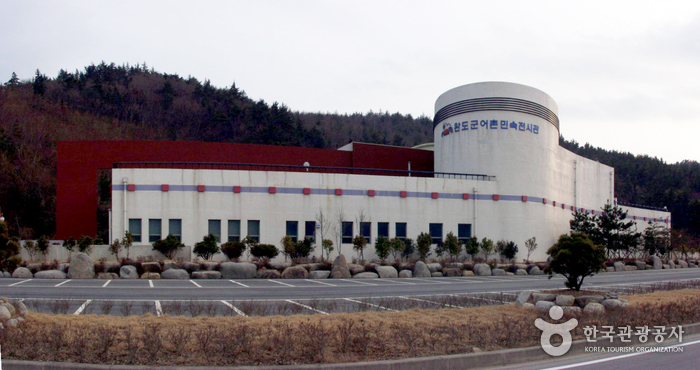
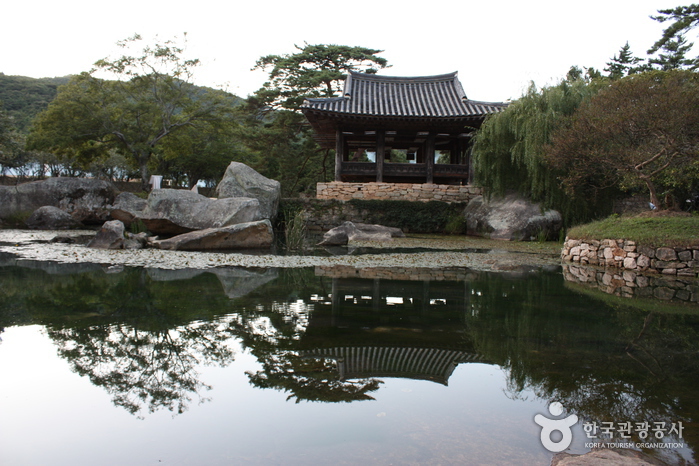

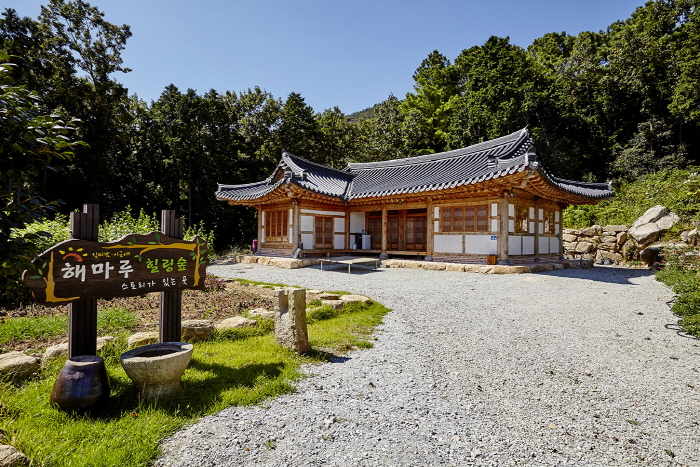
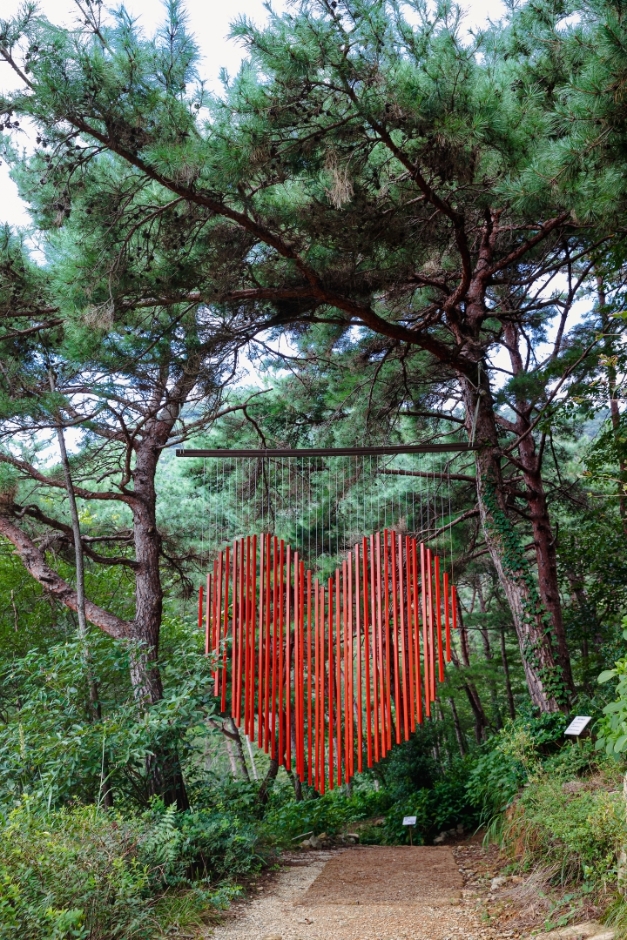
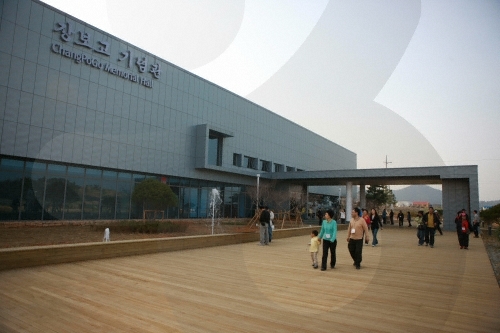
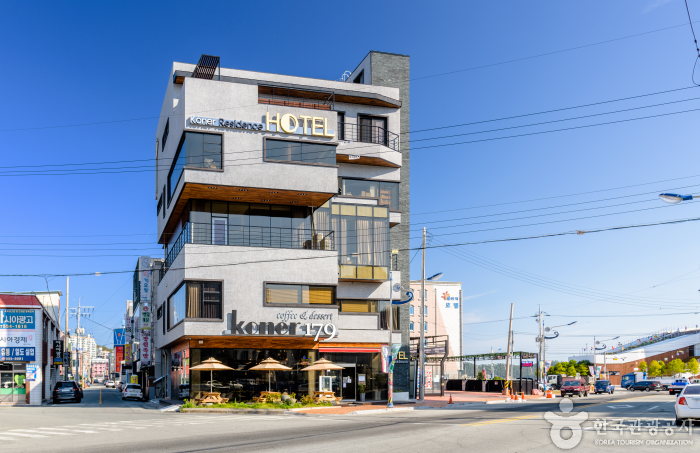
 English
English
 한국어
한국어 日本語
日本語 中文(简体)
中文(简体) Deutsch
Deutsch Français
Français Español
Español Русский
Русский